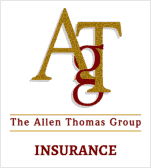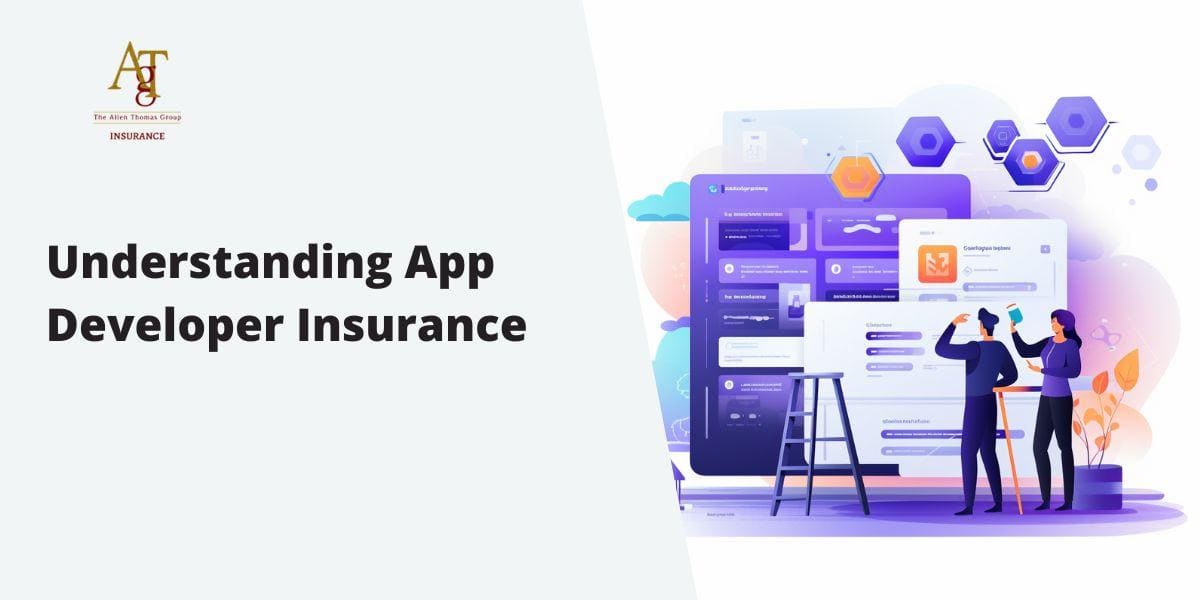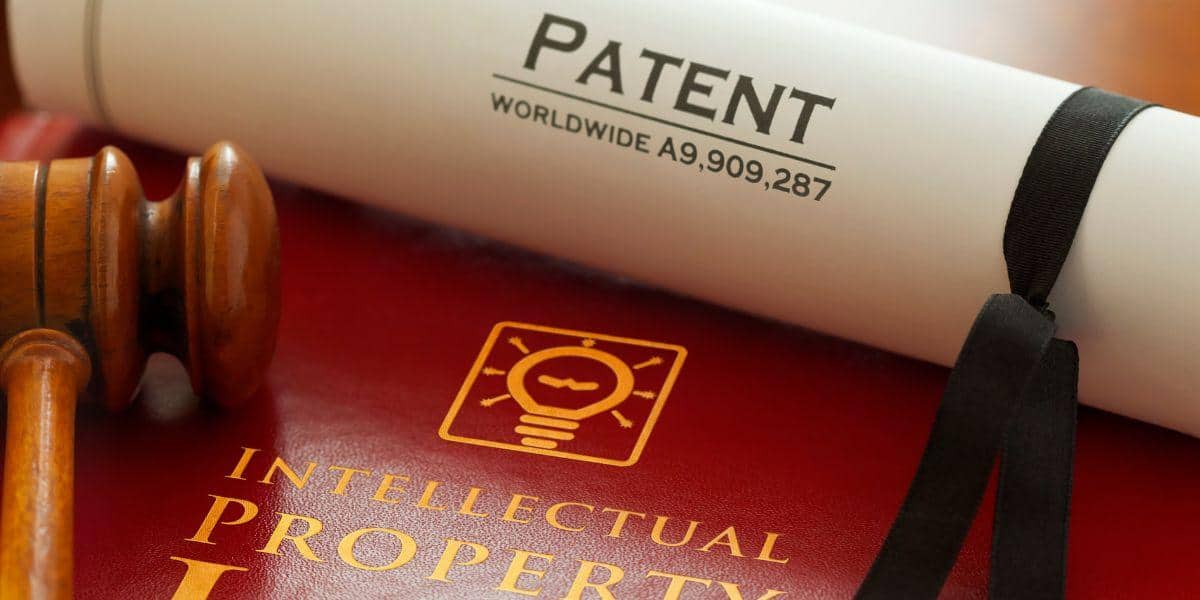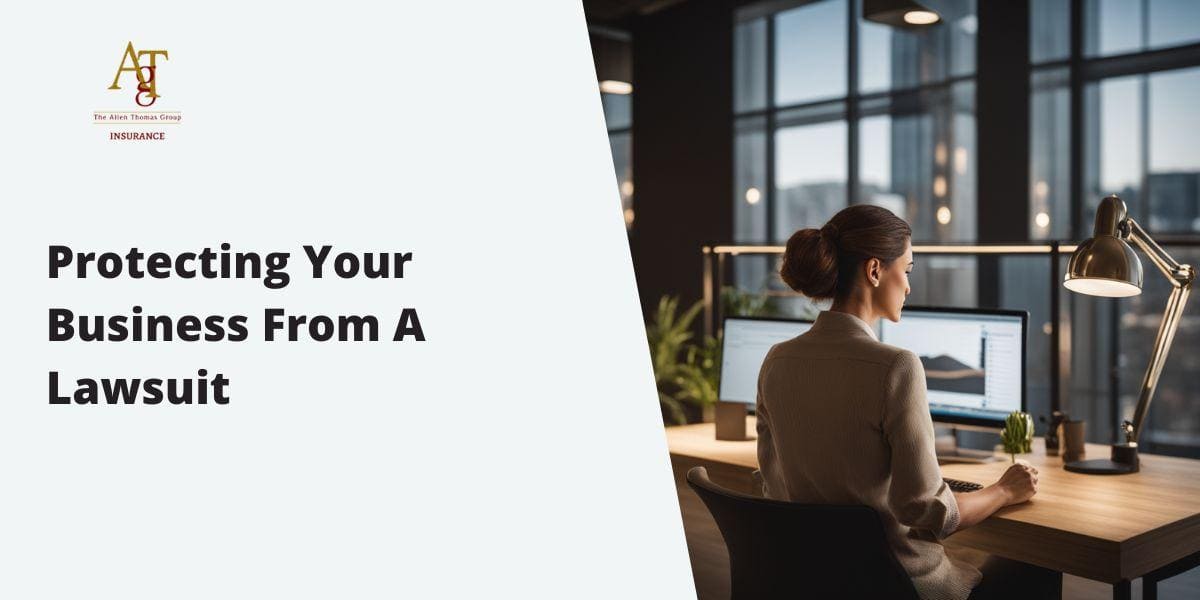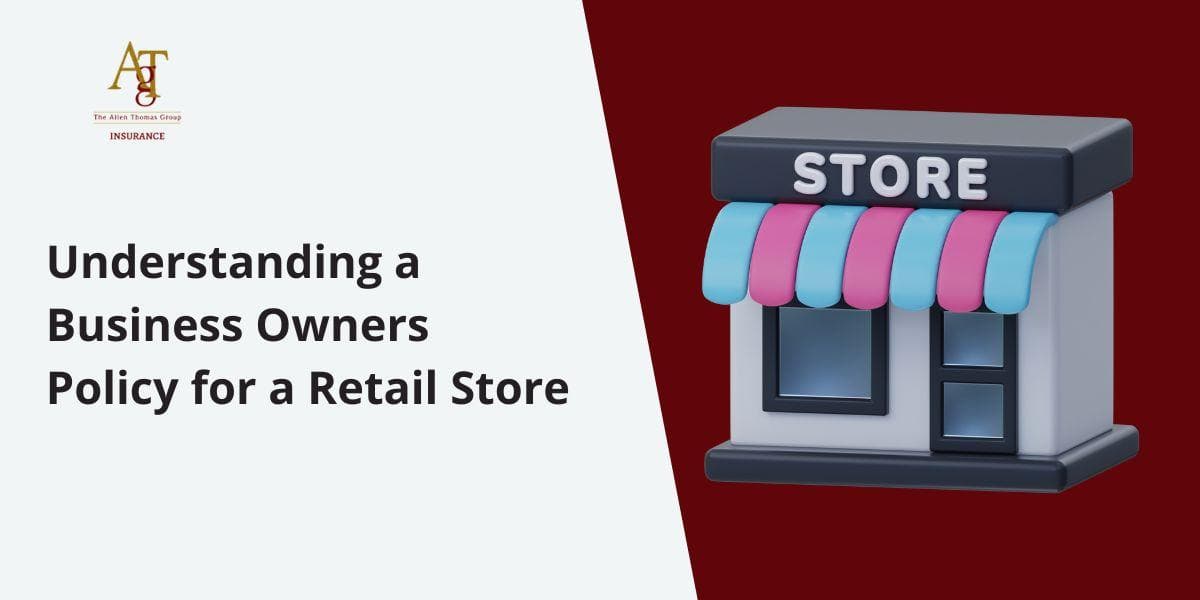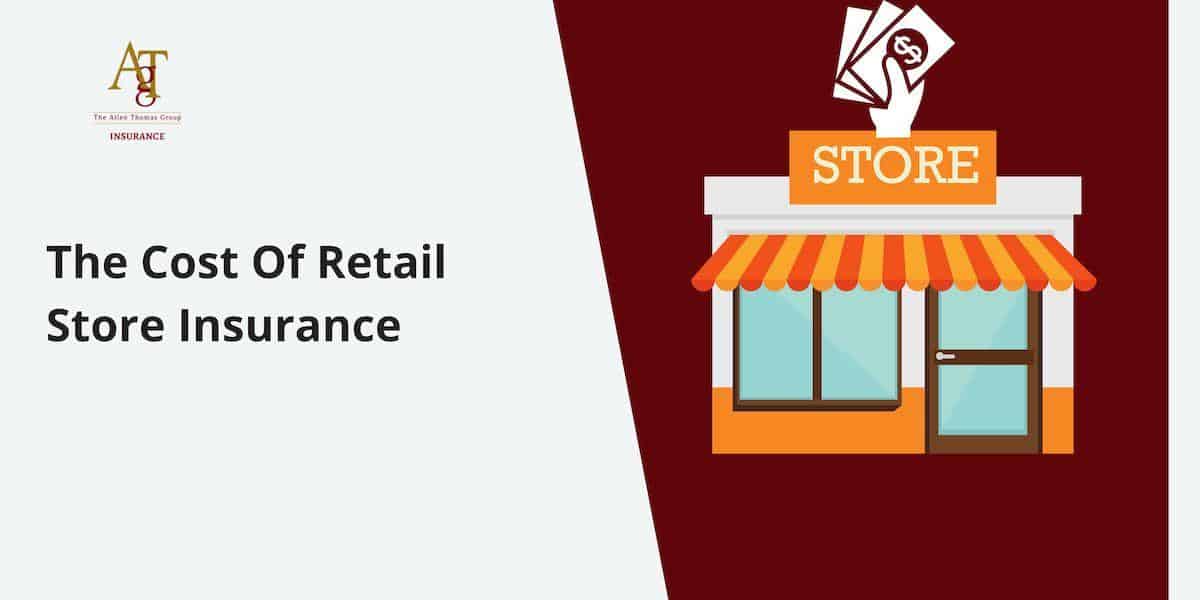Startups represent a beacon of innovation and potential in today’s fast-changing business environment, yet they also present unique risks.
Insurance can be an intimidating maze filled with endless terms, conditions, and coverages; this doesn’t need to be your reality!
Navigating it can be less daunting when equipped with the appropriate information.
This post serves as your compass to navigate your way through the startup insurance maze, from risk management’s pitfalls to providing optimal financial protection for your new venture. Protecting it isn’t optional; it’s a necessity!
Stay with us as we examine the essential aspects of startup insurance that could potentially save your business.
We will cover what startup insurance means, and we include over 9 actual business situations where insurance can give you protection!
Essential Insurance Needs of Startups
As a startup founder or entrepreneur, it is vitally important that you evaluate all available insurance options to protect your business against risks and financial losses.
Though insurance may not seem exciting or exciting to some entrepreneurs, it plays an integral part in protecting and mitigating risks to ensure financial security and protection for startups.
Below, we explore essential types of coverages startups should consider.
General Liability Insurance is an essential form of coverage for startups. This coverage protects your operations from third-party claims of bodily injury, property damage, or advertising injury brought forth against you from third parties.
For instance, should a customer slip and fall while visiting your office space and sue for medical expenses from their fall-related accident, general liability can help cover legal defense and potential settlement costs associated with legal actions against your startup.
Errors & Omissions Insurance, commonly referred to as Professional Liability Insurance for startups, provides essential protection against allegations of professional negligence or inadequate work by clients. Should they allege that professional advice or services provided have caused financial harm or loss, having Errors & Omissions coverage in place can give both legal protection and peace of mind for your startup business.
Product Liability Insurance is essential for startups that provide consumer products. This coverage helps protect companies against claims arising due to product defects or injuries caused by products they produce or sell; whether that means defective components or inadequate warning labels causing injury claims against the business, product liability insurance provides essential protection from lawsuits or compensation claims that might arise as a result.
Cyber Liability Insurance has become an essential aspect of digital businesses’ operations. It protects these startups against losses associated with data breaches, cyberattacks, and other cybersecurity incidents – essential since founders often deal with sensitive customer information or depend on online platforms for customer interactions; having Cyber Liability coverage offers protection from reputational harm and financial repercussions that might ensue from these incidents.
These are just some of the essential insurance options for startups, though individual needs will depend on industry, size, and operations factors. Working with an experienced insurance professional or broker who can assess your startup’s risks and recommend suitable coverage solutions is key to its success.
Now that we have explored essential insurance types for startups let’s dive deeper into one specific type: Property & Liability Insurance.
Property and Liability Insurance Coverage Solutions Available Today

Property and liability insurance offers protection to both your physical assets as well as any potential claims against your startup business. This form of protection covers damages such as property destruction or loss caused by theft, as well as general liability claims made against it.
Concerning property, this insurance coverage protects physical assets owned by your startup, such as buildings or office spaces, equipment, inventory, furniture, and signage. In case of fire, natural disaster, vandalism, or theft incidents that exceed policy limits, property insurance will reimburse up to its policy limits for repair or replacement costs up to its policy limits.
Imagine running a tech startup out of a rented office space. An unexpected pipe burst causes major water damage to your server room and important computer equipment, potentially leaving you exposed to substantial financial losses without property insurance coverage in place. By having adequate coverage in place, these incidents can be navigated more confidently.
Liability protection of this policy safeguards your startup against third-party claims of bodily injury or property damage caused by your operations, whether a customer slips on wet flooring at your store or an employee misbehaves while performing their duties – property and liability coverage provides legal defense costs as well as potential settlements if this should arise.
Directors & Officers Insurance Coverage
At startups, having strong leadership is critical to their success; however, with leadership comes immense responsibilities and potential risks.
Directors & Officers (D&O) Insurance can be the solution. It offers financial protection for directors and officers of a company against claims or lawsuits brought forth as a result of decisions or actions they take while carrying out their responsibilities.
Let’s paint a picture:
As the founder of a tech startup, you have assembled an outstanding team of directors and officers to steer it toward growth. Although you trust this group of individuals fully, it’s wise to be mindful of any risks they might encounter as leaders; any wrong decision or allegation could potentially lead to costly legal battles and personal liability claims against them.
Are You Wondering Why D&O Insurance Is Necessary?
Although general liability policies offer some coverage, they often fall short when it comes to protecting directors and officers against the unique risks they face in their roles as directors and officers. D&O policies specifically cover personal liability costs associated with claims brought against high-ranking executives.
For example, should a shareholder file a lawsuit alleging mismanagement of funds or breach of fiduciary duty against one of your directors, D&O coverage can provide coverage for legal defense costs, settlements, or judgments if needed – helping protect personal assets while assuring confidence among investors who often require this form of insurance when considering investment opportunities.
D&O insurance should not only serve to shield individual directors and officers; it can also extend protection to companies themselves in certain instances. This double protection safeguards against potential legal actions related to leadership decisions that could incur costly legal bills for both the individuals as well as their respective businesses.
Now that we understand the significance of Directors & Officers (D&O) insurance in protecting directors and officers let’s shift our attention to another essential coverage for startups:
Employment Liability Protection Insurance (EPLI)
Employer Liability Protection Insurance can be purchased, giving employers peace of mind in case something goes wrong in the workplace.
Start-up companies require hiring talented individuals who will help bring your vision to fruition, yet as an employer, it is vitally important that you recognize certain risks associated with employees as well as possible legal hurdles they could pose.
Employment Liability Protection Insurance (EPLI) can provide critical financial protection should any claims related to employment practices arise, such as wrongful termination, discrimination, or harassment.
Imagine this: your startup has experienced rapid expansion, and you are proud of the diverse and inclusive culture it has fostered.
No matter your efforts, despite them all, a former employee could allege discrimination based on gender while at your startup and file suit seeking compensation for emotional distress caused by such actions. Without EPLI coverage, your startup could suffer significant financial repercussions as legal fees associated with defending against such claims become an added financial burden.
Are You Thinking, “Could We Handle This Situation Through Internal HR Processes or Preventive Measures Alone?”
Even though having strong HR policies and creating an inclusive work environment are vital components of success, unexpected circumstances may still arise that necessitate EPLI insurance as an additional layer of protection against employment-related claims. EPLI coverage includes legal defense costs, settlement payments, and judgments stemming from these incidents.
EPLI insurance serves as a safeguard to help ensure the financial health of your startup while facing potentially expensive employment-related lawsuits. EPLI helps establish trust with employees by showing your commitment to their well-being and guaranteeing fair treatment in the workplace.
By investing in EPLI coverage for your startup, not only are you protecting it against financial loss but also showing employees and investors that your workplace practices are taken seriously – something which will attract top talent while creating a positive company culture based on fairness and inclusivity.
Errors and Omissions Insurance Coverage (EOIC)
As a startup, it’s imperative that financial protection and risk management strategies are in place to safeguard your business.
One essential type of coverage that startups should consider for Errors and Omissions (E&O) insurance — also referred to as professional liability coverage — provides coverage for businesses offering professional services or expertise.
E&O insurance protects your startup against claims by clients or customers alleging negligence, errors, or omissions in the services you provide – this could include situations in which clients believe your advice or work led to financial loss or damage to their reputation – such claims can be financially catastrophic and even lead to lawsuits that disrupt business operations.
Consider a technology startup developing software for clients. If a glitch in its code causes financial losses for that client’s business, they could hold it responsible and seek compensation from it – leaving the startup exposed to potentially high legal costs, settlements, or judgments without E&O coverage.
Startups facing risks associated with professional services should invest in E&O insurance to safeguard themselves financially and have peace of mind. Such insurance covers costs for legal defense, settlements, judgments, and expenses associated with claims related to professional services.
Note that E&O policies differ depending on your industry or individual business needs, making consultation with an insurance professional who specializes in startups and understands its unique risks essential.
Now that we understand the significance of Errors and Omissions insurance let’s discuss various risk management strategies startups can implement to bolster their overall protection.
Startup Risk Mitigation Strategies

Risk management is a vital element of any startup journey, helping identify and address potential threats before they become major issues.
By employing effective risk management strategies, startups can avoid costly errors and increase their odds of succeeding in an increasingly competitive market.
Envision risk management as the foundation of a building.
Without proper risk management in place, its structure becomes vulnerable to collapse; similarly, startups that don’t adhere to proper risk practices expose themselves to traps that could result in financial loss, damaged reputations, or even complete failure.
One key risk management strategy involves identifying and assessing risks. Startups should conduct a comprehensive evaluation of all possible threats they might be exposed to – from internal processes and market conditions, competition, and legal obligations to cybersecurity threats – before undertaking risk assessments.
An in-depth risk evaluation enables startups to prioritize risks based on both likelihood and impact on the business. For instance, for an e-commerce startup customer data breaches may pose significant threats that necessitate stringent security protocols and measures.
Once risks have been identified and assessed, startups can implement appropriate risk control measures. These may include developing policies and procedures to minimize exposure or investing in technology solutions to mitigate potential threats.
Startups should consider diversifying their risks by employing risk transfer techniques like risk transference and E&O insurance coverage, in addition to having business continuity planning and incident response planning processes in place that enable timely action if any adverse event arises.
Regular monitoring and reviewing of risks and controls are vital components of effective risk management. As startups expand and evolve, new risks may emerge, or existing ones change, so it is imperative that business remain proactive in regularly reassessing all the potential threats it faces.
Identification and Evaluation of Risks
Before diving into startup insurance, it’s essential to identify and assess all possible risks your startup might encounter. This step helps determine what kind and level of coverage is necessary in order to protect it adequately.
Startups frequently face risks that vary based on their industry, location, size, and other considerations.
Common risks can include:
- Claims from employees and contractors
- Cybercrime and data breaches
- Fraudulent activities
- Lawsuits filed by customers, competitors, and former employees.
Tech startups may be more vulnerable to cyber attacks and data breaches, while retail startups could face customer lawsuits related to product defects.
By performing an in-depth risk assessment on your own business it will allow you to identify any vulnerabilities and take appropriate measures against them.
Risk identification involves considering both internal and external factors. When considering internal issues, examine your processes, operations, physical assets, and employees to identify any weaknesses or liabilities within them.
Externally, look at your startup’s legal and regulatory environment as well as industry trends to detect any new threats that might emerge that could jeopardize it.
To accurately assess risks, engage stakeholders such as employees, managers, and industry experts who can offer invaluable advice based on their experiences.
Conducting surveys or interviews may reveal additional threats that aren’t readily apparent.
Once we have identified and assessed the risks that your startup faces, let’s look at why insurance is crucial in managing these risks effectively.
Insurance’s Role in Risk Management
Insurance provides startups with essential protection against potential losses arising from unexpected events, serving as a cushion against lawsuits, accidents, or other unfortunate incidents that could be devastating to their business.
One of the primary purposes of purchasing insurance coverage for your startup is to protect it against legal liabilities and lawsuits that could cost it dearly, such as those related to employment matters. Employment Liability Protection Insurance (EPLI) will cover claims such as wrongful termination, discrimination, harassment, and any other employment-related incidents that might arise in court proceedings.
Underinsuring your startup can threaten not only its financial health but also its image. Clients and investors often see insurance coverage as a mark of reliability and professionalism; by having adequate protections in place you demonstrate your dedication to mitigating risks while providing security to all involved.
Imagine this: if a software startup accidentally releases a product with flawed code that causes financial losses to its clients.
Without Errors and Omissions (E&O) coverage in place, their business would be at risk from potential lawsuits and reputational harm; but with Errors and Omissions coverage in place, affected clients would have recourse while the startup would receive support to identify any errors or mistakes and correct them promptly.
Insurance should not only serve to safeguard against potential financial losses; it can also build trust among clients and investors.
When prospective customers learn that your startup has adequate protection in the form of appropriate coverage, they’re more likely to feel secure working with it, knowing there’s a safety net in place.
Now that we understand the value of insurance in risk management, let’s examine how startups can decide when and what type of policies to purchase.
Determining When and What Type of Insurance Coverage to Acquire
Insurance is an integral component of risk management for startups.
Deciding when and what type of coverage to secure can be difficult, so it is critical to assess your startup’s individual risks and vulnerabilities to find an appropriate policy.
As a startup founder, it is imperative to assess your unique needs and the nature of your business before assessing any risks that may exist due to industry, services provided, workforce size, or workforce type.
Each sector poses distinct threats; for example, technology firms face cybersecurity vulnerabilities, while manufacturing startups may encounter product liability concerns.
Consider running a software startup that provides financial planning tools.
In such an instance, it would be wise to prioritize errors and omissions (E&O) insurance as this coverage can protect against claims related to malfunction or inadequate performance of software leading to financial losses for clients.
Consider also your startup’s stage; different stages require different forms and levels of coverage. For instance, early-stage startups might focus on basic liability coverage such as general liability insurance and workers’ comp. At the same time, scaling companies might require extra protection such as directors & officers (D&O) insurance.
Understanding the legal requirements and regulations associated with your industry is also vitally important, such as insurance requirements that must be fulfilled before operating legally.
Familiarize yourself with your obligations so as to remain compliant.
Take into consideration the potential impact on your business should unexpected events arise. Insurance is invaluable protection in case of lawsuits or accidents which could otherwise cripple it financially, and having adequate coverage will enhance credibility when seeking partnerships or pitching to prospective clients.
Now that we’ve discussed the factors to take into account when deciding when and what insurance to purchase for our startup let’s turn our attention toward another important element of trust: creating it through insurance.
Establish Trust Through Insurance Protection
Insurance provides more than financial protection; it also plays a pivotal role in building trust among your stakeholders.
From attracting investors to building credibility among clients and maintaining positive associations within an industry, having adequate insurance can make a tremendous difference in results.
Imagine this: your startup company requires investment.
Potential investors must also be concerned with managing risks.
Ensuring sufficient insurance coverage shows investors that you take risk management seriously and have measures in place to safeguard their investment should any issues arise. It can provide them with peace of mind that their investment will remain protected.
Investment aside, clients seek assurances from startups that their interests will be protected when engaging with them.
By procuring sufficient insurance coverage, you demonstrate a sense of responsibility and commitment toward solving any potential issues during business relationships – an advantage over competitors who do not prioritize risk management.
Insurance acts like armor for your startup business, protecting it against various vulnerabilities.
Attracting Venture Capital and Seed Funding Investors with Proper Coverage
Attracting investors is critical to startup growth and success, and one way of drawing their attention and instilling their trust is having adequate insurance coverage.
Investors want reassurance that their investment is safe from potential risks or threats; showing your commitment to financial protection and risk management by having comprehensive policies in place shows your commitment.
Imagine yourself as an investor considering two startups for investment:
Startup A has taken steps to secure insurance protection such as general liability, directors & officers (D&O) liability, and cybersecurity coverage; on the other hand, Startup B lacks any form of coverage at all.
Which startup would you feel more inclined to invest in? The choice should be clear.
Maintaining adequate coverage not only protects the assets of your startup but it can also secure investors’ interests.
Proactive measures taken to mitigate risks can attract investors who value risk management strategies and will perceive your startup as a reliable and responsible business venture.
Additionally, insurance can provide protection to directors and officers within your company from personal liability should legal actions arise, helping alleviate investors’ worries of personal financial repercussions from lawsuits or claims made against it.
Having comprehensive insurance coverage sends a strong signal to investors that you take their investment seriously and are dedicated to long-term success.
Increase Customer Trust With Safety Net Services
Customer trust is critical for the sustainable growth and success of any business, but in particular, for startups, this relationship becomes even more essential, given potential customers might be skeptical of working with relatively unknown businesses.
One effective way for startups to build customer confidence is through providing insurance protection plans as an additional safety net for customers.
Customers appreciate when businesses demonstrate they have taken measures to safeguard their investments and preserve customer confidence.
Imagine running an e-commerce startup selling high-end electronics.
Customers who spend significant amounts will want to know what happens if an item gets damaged during shipping or malfunctions shortly after purchase; by having product liability or errors and omissions (E&O) coverage in place, customers can rest easy knowing they won’t suffer financially in such instances.
Insurance not only offers financial security for your startup, but can also bolster trust between clients and investors alike. By showing that any mishaps will be addressed responsibly and compensated fairly, insurance can significantly enhance its reputation and set it apart from competitors that might not prioritize these measures.
By actively communicating the benefits of your insurance coverage to customers via marketing materials, website FAQs or support channels, you demonstrate transparency and establish credibility – leading them to trust your startup more and be more likely to recommend your startup in turn.
Imagine yourself as a potential customer trying to select between two competing startups offering similar services: Startup X makes no mention of insurance coverage on its website or marketing materials. At the same time, Startup Y explicitly advertises that it carries business liability insurance to protect customer interests.
Which would you feel more at ease doing business with?
Clearly, customer trust must be prioritized over profit maximization when making these choices.
By investing in insurance tailored specifically for startup risks, not only are you providing financial protection but also building trust between customers and investors – something that could prove critical in highly competitive markets, leading to long-term success and growth for your startup.
After discussing the importance of providing investors with adequate insurance and building customer trust, let’s consider additional considerations when selecting insurance coverage for startups.
What are some common errors made by startups when it comes to insurance?
Startups often make three common errors when it comes to insurance: underestimating their needs for coverage, choosing inadequate policies, and failing to review and update their plans regularly.
How do insurance needs differ for tech startups vs. non-tech startups?
The insurance needs of tech startups differ from non-tech startups due to the unique risks associated with tech.
Tech startups often deal with intellectual property theft, data breaches, and product liability – risks that require specific coverage, such as cyber insurance and professional liability policies.
According to a report by Chubb, 40% of technology companies experienced cyber incidents in 2022 alone, thus highlighting their need for robust policies tailored specifically to their risks. Non-tech startups may focus more on general liability or property coverage instead.
How can startup companies find affordable insurance coverage?
Startup companies can obtain cost-effective insurance by considering several key factors.
First, assessing their own specific insurance needs and risks to avoid unnecessary expenses. Second, using technology can streamline application procedures for insurance applications while cutting administrative expenses; joining industry-specific associations or incubator programs could provide access to group rates.
What risks are specific to startups and require special insurance protection?
Startups face numerous risks that require them to purchase additional insurance policies, such as product liability coverage, cyber threats protection, and key person loss insurance.
Product liability protection is especially crucial for startups that manufacture or sell physical products. Cyber insurance provides protection from data breaches and hacking attempts that have become more frequent as our reliance on technology increases.
Professional liability coverage protects startups against claims related to mistakes or negligence in service provision. Finally, startups require key person insurance to mitigate the financial repercussions of losing a founder or key employee.
Which types of insurance coverage should startups consider when beginning business operations?
Startups should carefully consider various forms of insurance coverage in order to protect their financial interests and manage risks effectively. General liability and property insurance provide vital coverage against claims for bodily injuries or property damage while protecting against losses from theft, fire, or other disasters.
Business interruption insurance can provide crucial support in times of sudden disruptions such as natural disasters or infrastructure breakdown. Cyber liability policies have become an essential protection measure against data breaches or cyberattacks in today’s digital era. Workers’ compensation insurance provides coverage for employees’ medical expenses and lost wages in case of workplace injuries, according to recent statistics.
Why is it important for a tech startup to have insurance?
Its crucial for a tech startup to be insured as it helps manage risks, cover legal costs, protect against data breaches, and secure the companys financial health. Insurance can also ensure survival in case of unexpected events such as lawsuits or natural disasters.
How does having a partnership affect the type of insurance needed for a tech startup?
In a partnership, each partner shares liability and financial responsibility.
Therefore, it is important to consider partnership insurance policies like general liability insurance (covers legal hassles due to accidents, injuries), professional liability insurance (errors & omissions), and workers’ compensation insurance if the company has employees.
What is the landscape of insurance providers for tech startups?
The landscape includes traditional insurers offering commercial business policies alongside newer insurtech companies that provide tailored coverage for specific needs such as cyber risk.
Some notable players include Hiscox, Chubb, Travelers, Embroker, and CoverWallet.
How can intentional infliction of emotional distress impact a technology startup from an insurance perspective?
If an employee claims intentional infliction of emotional distress by another member within the organization or by the organization itself, this could lead to costly legal battles that can financially drain your startup.
Employment Practices Liability Insurance (EPLI) covers businesses against claims by workers that their legal rights have been violated including cases related to emotional distress.
What are some other key considerations when choosing an appropriate insurer for a tech start-up?
Other considerations include evaluating the cost versus coverage ratio; deciding on whether you need global coverage; considering industry-specific risks like cybersecurity; checking if there’s flexibility in adjusting coverage as your business scales; ensuring they offer comprehensive support services; examining customer reviews about claim handling process.
Make Sure Your Startup Is Covered
Startups must recognize that insurance is not an afterthought but a must. By considering various policies like General Liability Insurance, Professional Liability Insurance, Product Liability Insurance, Cyber Liability Insurance, and Directors & Officers Insurance, you can tailor coverage specifically to meet their unique requirements.
Statistics and studies reveal that startups often face unexpected liabilities that could prove catastrophic if not properly insured. Don’t become one of these alarming statistics.
Instead, take proactive steps to mitigate risks and ensure the longevity of your startup.
To further assist in finding the appropriate insurance for your startup, we advise turning to The Allen Thomas Group as your insurance partner. Our business insurance team provides easy access to coverage that fits your startup. Plus, with our expertise, understanding startup needs will prove invaluable in your journey toward financial security.
While entrepreneurship may present many uncertainties, proper insurance coverage can provide your startup with an essential safety net to ensure its success.
Do not leave the future of your venture to chance – invest in comprehensive insurance to safeguard it against unexpected turns and turns that lie ahead.
Your startup deserves protection as it navigates a competitive business landscape.


